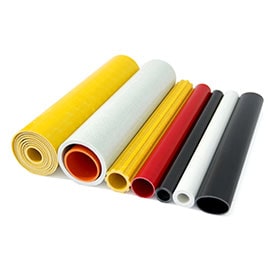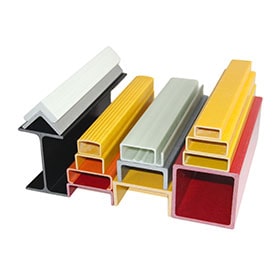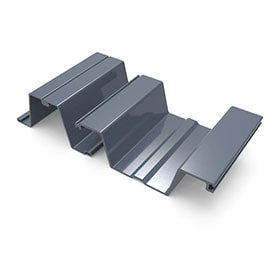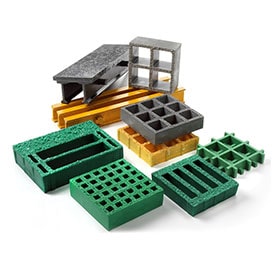Fiberglass Profiles in Electrical Utility/Power Industry
Fiberglass profiles are composite materials made of glass fibers embedded in a resin matrix. They have many advantages over traditional materials such as wood, steel, concrete or PVC for electrical utility and power applications. Some of these advantages are:
Types of Fiberglass Profiles for Electrical Utility/Power
There are different types of fiberglass profiles that can be used for various electrical utility and power applications, such as:
Power poles: These are round or multi-sided tapered poles that can support transmission lines, distribution lines, street lights, traffic signals, etc. They are lighter, safer and more durable than wood, steel or concrete poles. They can also be installed in live-line conditions and can withstand harsh environments.
Utility enclosures: These are boxes or cabinets that can house electrical equipment, such as transformers, switchgears, meters, etc. They are designed to protect the equipment from weather, vandalism, fire, etc. They can also have doors, hatches and access ports for easy installation and maintenance.
Crossarms: These are horizontal beams that support the conductors and insulators on power poles. They are usually made of wood or steel, but fiberglass crossarms offer better strength, durability and insulation. They can also reduce the weight and wind load on the poles.
These are some of the common applications of fiberglass profiles in the electrical utility and power industry. However, there are many other possible uses of these versatile materials, such as ladders, platforms, railings, gratings, etc.
Fiberglass profiles are a smart choice for electrical utility and power applications because they offer superior performance, reliability and cost-effectiveness compared to traditional materials.
 +86 15303735673
+86 15303735673 Jessica@frpzs.com
Jessica@frpzs.com
 Technical Data
Technical Data











